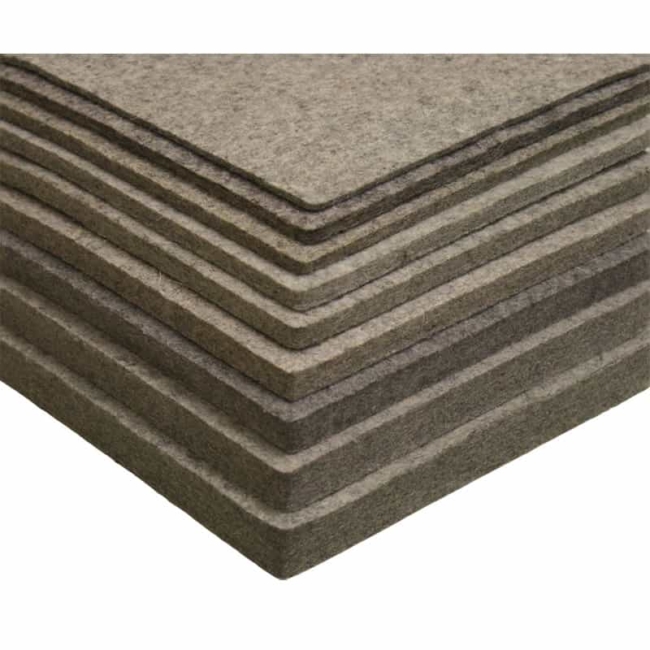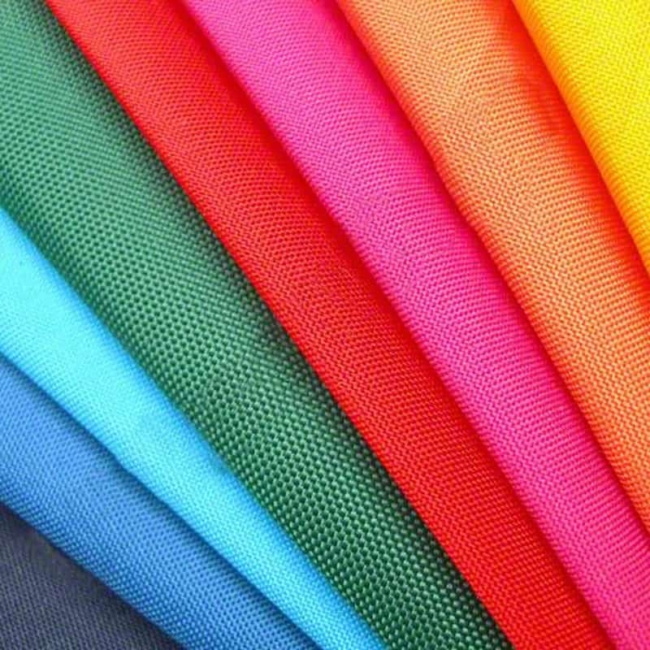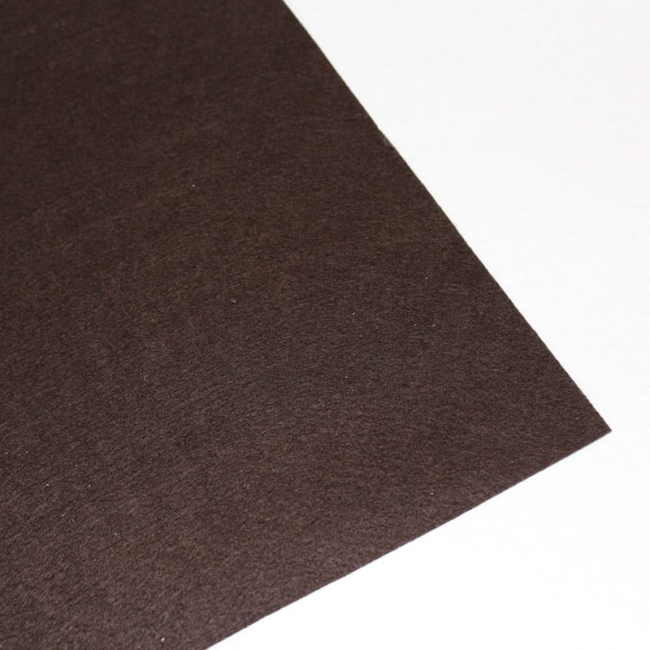Felt & Textile Sheets – Industrial Sheet Materials
Felt & Textile Sheet
Advanced Seals & Gaskets offer an excellent in-house sheet conversion service, using high-quality material and state of the art machinery, we can offer sheets in a range of materials including various types of textile and felt. Each material type is manufactured in various sheet sizes as standard, however as we carry out all our conversion on-site, we can cut these down to smaller sheets upon request, or supply the material in roll form for customers to cut down their own sheets as and when they’re required. Many of the sheets supplied by ASG can be supplied either plain or laminated with one of our many self-adhesives, foils or with other materials to create composite sheets.
What Are Felt Sheets?
Felt & Textile sheets are a popular product and often taken as they give the customer and end-user the flexibility to be able to cut their own strips, gaskets, washers, etc out as and when they are required. Our felt sheets are produced using material made from either wool, polyester or a combination of both, this versatile material has cushioning properties, remains resilient under pressure and creates an excellent dust seal.
Why Use Felt Sheets?
Felt sheets are often used to produce other usable products including washers, gaskets, strips, pads etc which can be used to fill gaps and irregularities between 2 surfaces and to provide a solution to unwanted rattles, noise, vibrations, to seal against dust and can also be used to cushion between moving parts to reduce friction and damage to components and equipment. Felt materials have a fibrous structure that can be used to absorb and transmit fluids, they have excellent recovery and high energy absorption and a working temperature range of -40℃ to +100℃. Felt products can be typically found used as oil seals or filters in engines.
Different Grades
Our felt types are available in wool, polyester or a combination of both.
Woolen felt is produced using a combination of heat, moisture and compression, causing the wool to fuse without the need for any binders or binding agents to be assessed. Woolen felts are available in a range of hardnesses, a flame retardant grade and usually in black, white or grey colour options.
Synthetic felts are produced using man-made fibres, constructed by ‘needling’ or using chemical binders and heat. These felt do not perform as well compared to woollen felts when it comes to compressibility, elasticity, absorption and abrasion.
Benefits of Felt Sheets
Depending on the type and grade of felt taken, the material will offer a whole host of properties and benefits, some of which include:
- High strength & resilience under pressure
- Excellent seal against air and dust under compression
- Excellent anti-vibration solution
- Thermal insulation properties
- Good acoustic properties
- Flame retardant properties (certain grades)
- Fluid wicking


























